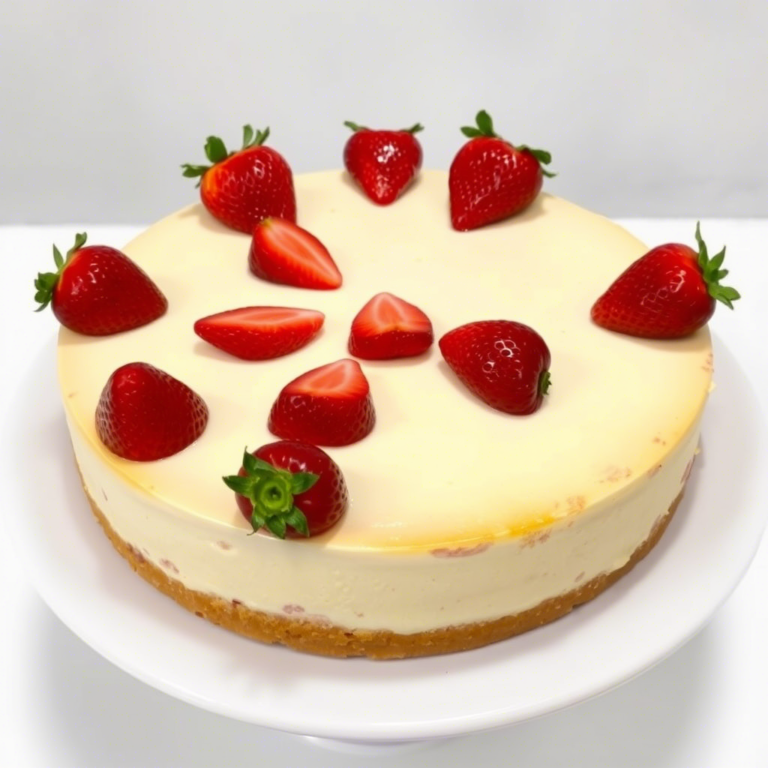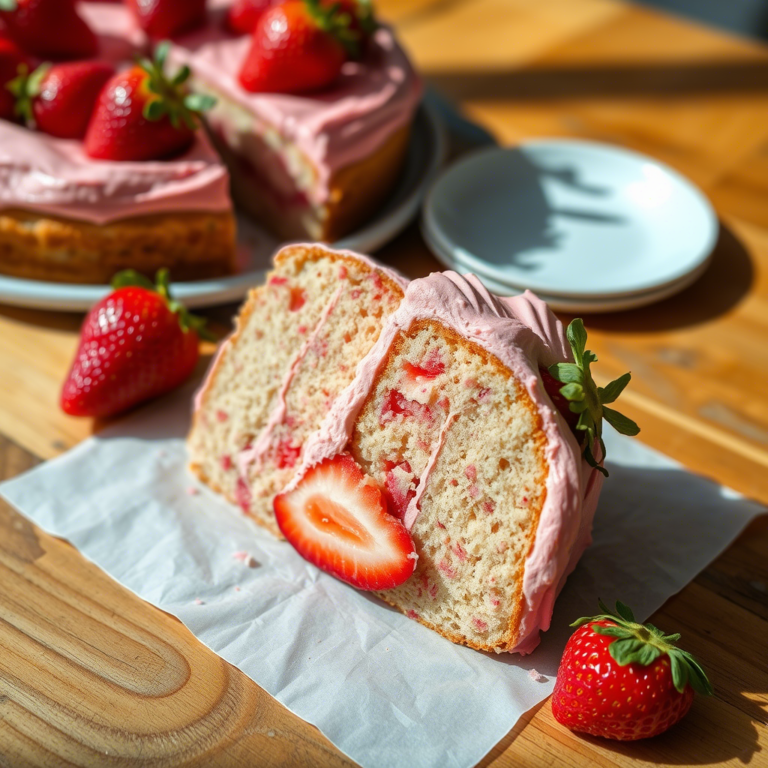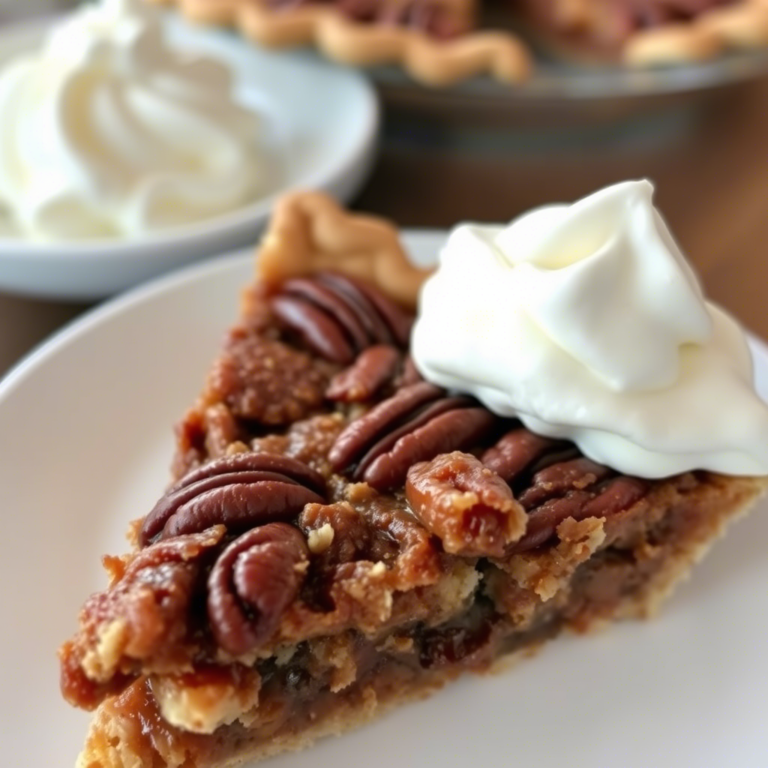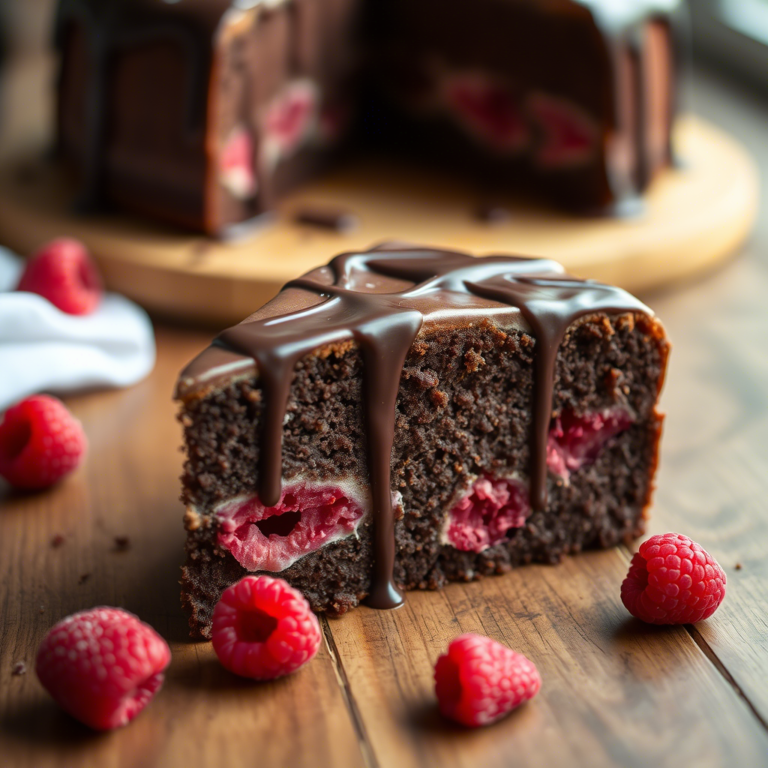How to Bake the Perfect Chiffon Cake: Tips & Common Mistakes
Introduction:
Chiffon cake is one of those desserts that blends the best of both worlds: light and airy like an angel food cake, yet moist and flavorful like a traditional sponge cake. Whether you’ve had it with a delicate citrus twist or perhaps something a little more exotic, like pandan, this cake has earned its spot as a beloved classic in many kitchens around the world. But how did this heavenly treat come to be? And what makes it stand out from the crowd of other cakes? In this article, we’ll take you through the rich history, varied flavors, and baking tips to ensure your chiffon cake always turns out perfect. From its humble beginnings to its transformation into a global dessert, there’s a lot to uncover about this airy, buttery delight. Let’s dive into the story of chiffon cake and explore what makes it so irresistible.
f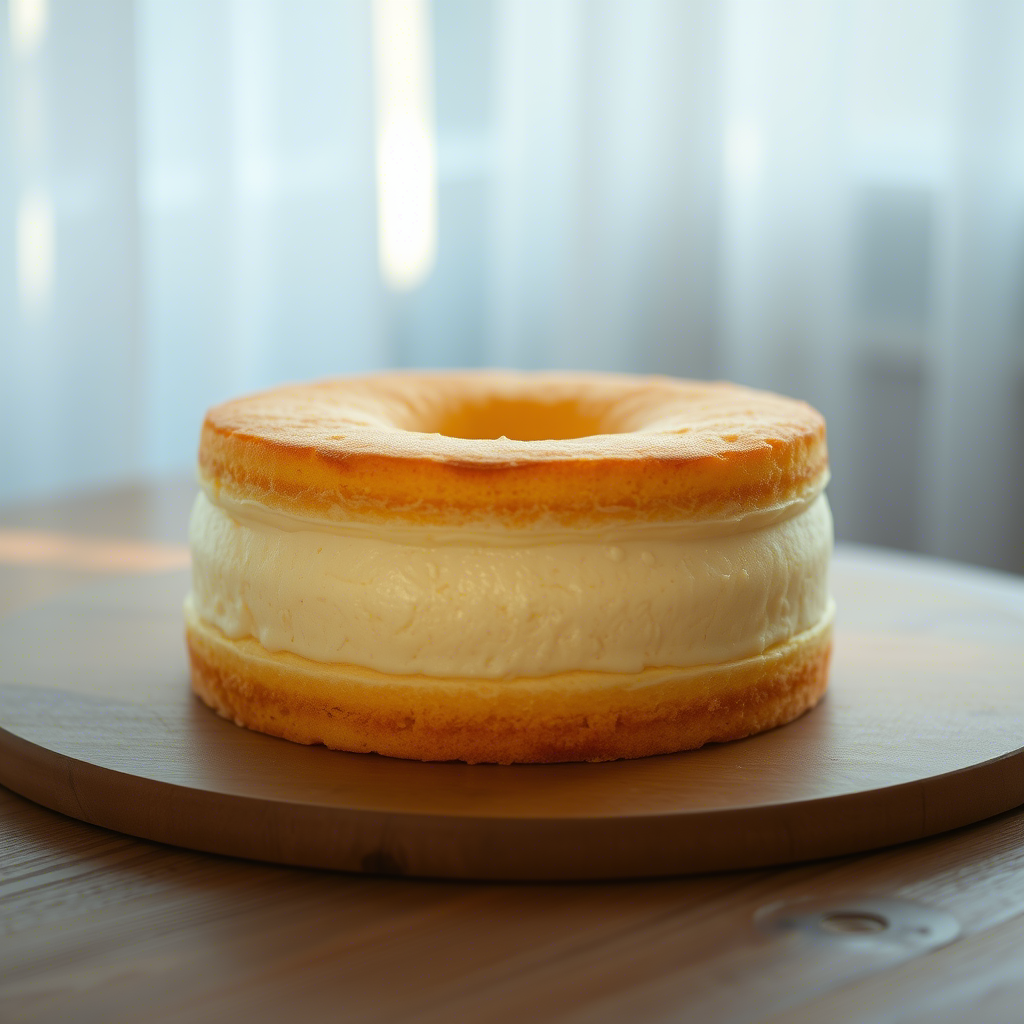
1. History of Chiffon Cake
Origin and Invention
The story of chiffon cake begins in the 1920s with a man named Harry Baker, an insurance salesman turned cake maker, who sought to create a cake unlike any other. Legend has it that he was searching for a cake that was as light as angel food cake but with a richer, more flavorful texture. And so, he invented the chiffon cake! Initially, Baker kept his recipe a closely guarded secret, even when people were clamoring to get their hands on it. For years, his secret cake remained just that—secret.
Introduction to the Public
It wasn’t until the early 1940s that Harry Baker sold his recipe to General Mills, the makers of Betty Crocker. General Mills then made the revolutionary decision to include the chiffon cake recipe in their Betty Crocker cookbook. This move was a game-changer. The cake’s unique texture, light yet moist, captivated home bakers everywhere. From there, the cake began to catch on in households across the U.S. and beyond, becoming a symbol of innovation in the baking world.
Evolution and Global Spread
As time went on, chiffon cake spread to other countries, each adding their own twist. In Southeast Asia, pandan chiffon cake became a favorite, with its green hue and fragrant, slightly earthy flavor. Over the years, different variations have cropped up—flavors like lemon, orange, and even more exotic combinations like black sesame or mango. The cake’s ability to adapt to a wide variety of flavors is one of the reasons it continues to be so popular today.
2. Characteristics of Chiffon Cake
Chiffon cake isn’t just your average dessert. It’s a light and moist cake that combines the best qualities of both sponge cake and angel food cake. But what exactly makes it so special? Let’s break down the key characteristics that set it apart and make it a favorite in kitchens all over the world.
Texture and Flavor
When you take a bite of chiffon cake, the first thing you notice is its airy texture. Thanks to the egg whites beaten to stiff peaks, this cake has a lightness that almost melts in your mouth. But don’t let that fool you—while it’s light, it’s also moist and tender. It’s a cake that’s soft and spongy, yet rich enough to feel indulgent.
Flavor-wise, chiffon cake is known for its subtle sweetness and mild flavor profile. This makes it an ideal base for a wide range of flavor variations. Whether it’s zesty lemon, sweet orange, or something a bit more adventurous like pandan, chiffon cake provides the perfect canvas for flavors to shine through without being too overpowering. This is what makes it such a versatile dessert, adaptable to different tastes and seasons.
Ingredients
What goes into a chiffon cake? At its core, it’s made from a few simple ingredients: flour, sugar, vegetable oil, eggs, baking powder, and your chosen flavorings. The key to its lightness lies in the method of preparation. The egg whites are separated from the yolks and beaten until stiff, which is crucial to achieving that fluffy texture. The batter is then folded carefully to ensure that the air from the egg whites remains intact.
Baking Process
The process of making chiffon cake requires a delicate touch. The batter needs to be folded gently to maintain the aeration, and the cake is typically baked in a tube pan to allow for even baking and rise. The high sides of the pan help the cake rise tall and remain sturdy as it bakes.
3. Popular Variations of Chiffon Cake
One of the reasons chiffon cake remains a beloved dessert is its incredible versatility. The basic recipe can be adapted to suit a wide variety of flavors, making it suitable for any occasion or taste preference. Whether you’re looking for something fruity, floral, or even more daring, there’s a chiffon cake flavor to satisfy your craving. Let’s take a look at some of the most popular variations.
1. Lemon Chiffon Cake
A classic that never goes out of style! Lemon chiffon cake brings a refreshing citrusy zing to the table. The tanginess of the lemon perfectly complements the delicate sweetness of the cake. It’s ideal for summer parties, afternoon tea, or as a light dessert after a heavy meal. The lemon zest and juice infuse the batter with a fragrant, fresh flavor, while a dusting of powdered sugar on top completes the look.
2. Pandan Chiffon Cake
Pandan, a fragrant leaf commonly used in Southeast Asian cooking, adds a unique twist to chiffon cake. Pandan chiffon cake is often green in color, thanks to the pandan juice or extract mixed into the batter. The result? A soft, fluffy cake with a subtle, slightly earthy flavor. This cake is a favorite in many Asian countries, from Indonesia to Singapore, and is often paired with coconut or sweet syrup.
3. Chocolate Chiffon Cake
For those with a sweet tooth, chocolate chiffon cake is the perfect treat. The addition of cocoa powder or melted chocolate gives this variation a rich, deep flavor without sacrificing the light texture that chiffon cake is known for. A drizzle of chocolate ganache or a dusting of cocoa powder can take this cake to the next level.
4. Orange Chiffon Cake
A close cousin to lemon chiffon cake, orange chiffon cake offers a similarly fresh and fruity flavor. The orange zest and juice add a sweet and tangy punch, while the cake’s lightness keeps it refreshing. It’s perfect for those who prefer a milder citrus flavor.
5. Matcha Chiffon Cake
For something a bit more adventurous, matcha chiffon cake is a fantastic choice. Made with Japanese green tea powder, this cake has a distinctive flavor and a beautiful green color. The bitterness of the matcha balances the sweetness of the cake, creating a unique and sophisticated treat.
4. Tips for Baking the Perfect Chiffon Cake
Baking a chiffon cake may seem simple at first glance, but there are a few key tips and techniques that can make all the difference in ensuring your cake turns out perfectly every time. Let’s dive into the essential tips for making your chiffon cake light, moist, and beautifully fluffy!
1. Don’t Overmix the Batter
One of the most crucial steps when making chiffon cake is folding the egg whites into the batter. It’s important not to overmix at this stage. Gently fold the stiff egg whites into the yolk mixture to preserve the airiness that helps the cake rise. Overmixing will deflate the air bubbles and result in a denser, heavier cake.
2. Use the Right Pan
Chiffon cakes are traditionally baked in a tube pan, which helps the cake rise and maintain its structure during baking. The tall sides of the pan allow the batter to expand evenly while baking. It’s important not to grease the pan, as the batter needs to “climb” the sides to achieve the signature height of chiffon cake. Once the cake is done, turn the pan upside down to cool—this prevents the cake from collapsing while it cools down.
3. Don’t Open the Oven Door Too Soon
While baking, it’s crucial to resist the temptation to open the oven door too early. Doing so can cause the cake to collapse or lose its airy texture. Wait until the cake has fully set and is golden brown before checking on it. If you need to check, use the oven light instead.
4. Use Room Temperature Ingredients
For the best results, make sure all your ingredients, particularly the eggs and oil, are at room temperature. This helps them incorporate more easily, creating a smoother batter and ensuring an even bake.
5. Let the Cake Cool Completely
Once the cake is out of the oven, let it cool upside down in the pan. This prevents the cake from sinking and keeps it light and airy. Don’t remove it from the pan until it’s fully cooled.
For more in-depth baking tips, you can check out this baking guide for beginners to make sure your cakes come out perfect every time.
5. Common Mistakes to Avoid When Baking Chiffon Cake
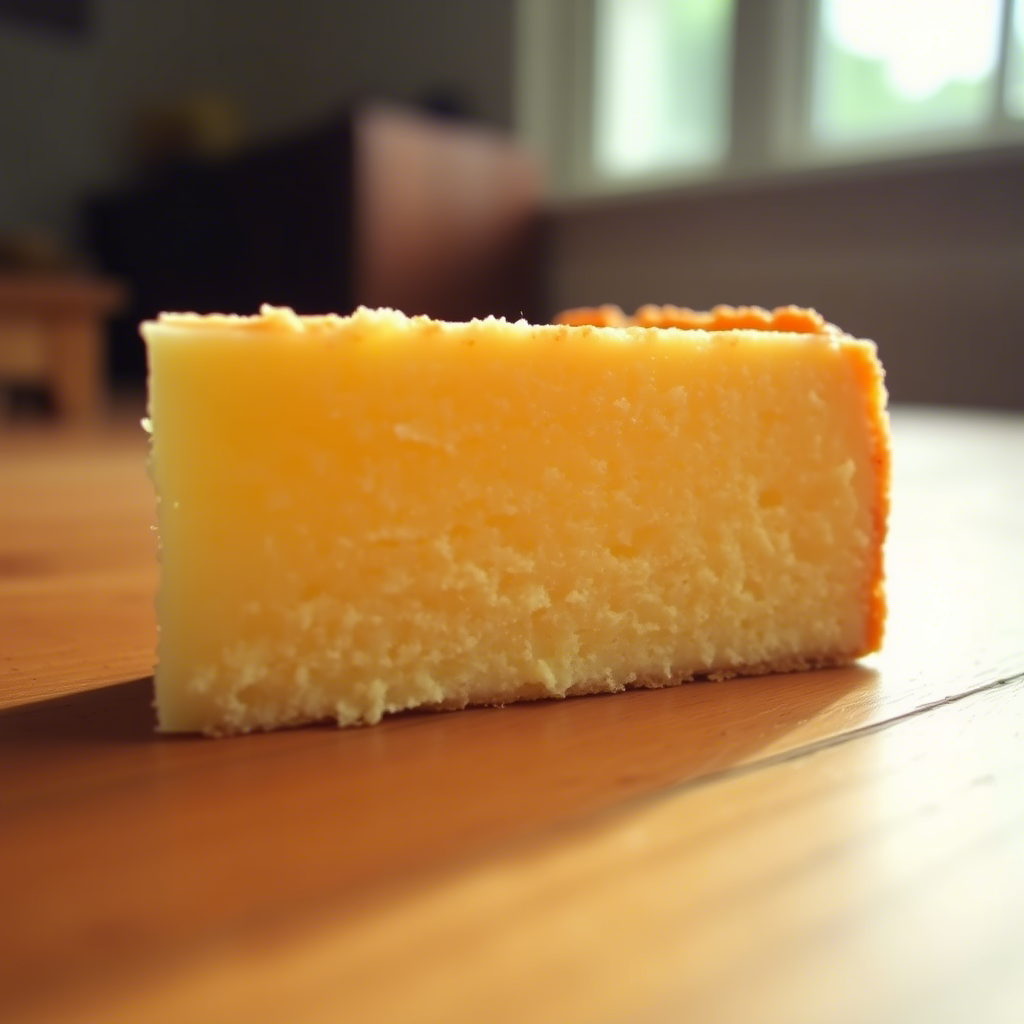
Baking a chiffon cake is all about precision and technique. While it’s a relatively forgiving recipe, there are a few common mistakes that can cause the cake to fall short of its potential. Let’s take a look at some of these missteps and how you can avoid them to ensure your chiffon cake turns out perfectly every time.
1. Underbeating the Egg Whites
One of the most critical steps in making chiffon cake is whipping the egg whites to stiff peaks. If the egg whites are underbeaten, the cake won’t rise properly, and it could end up dense or flat. On the flip side, overbeating the egg whites can cause them to break down, resulting in a cake with an undesirable texture. It’s important to stop beating once you see stiff peaks form but without any liquid remaining.
2. Overmixing the Batter
When folding the egg whites into the egg yolk mixture, it’s essential to fold gently. Overmixing at this stage can cause the air bubbles to collapse, leading to a denser texture. Remember, the goal is to keep as much air in the batter as possible to achieve that signature lightness. Use a folding motion rather than stirring to preserve the fluffiness.
3. Not Using the Right Pan
Chiffon cakes should always be baked in a tube pan, ideally one that’s not greased. A regular cake pan may cause the batter to stick, and the cake won’t rise as evenly. The high sides of a tube pan allow for even rising and cooling, ensuring the cake maintains its airy texture. If you don’t have a tube pan, you can substitute with a Bundt pan, but avoid using any greased pans to allow the batter to climb the sides of the pan.
4. Opening the Oven Door Too Early
This is a classic mistake that many bakers make: opening the oven door too soon. If you open the door before the cake has fully set, the sudden temperature change can cause it to collapse. The cake relies on the oven’s steady heat to rise properly, so let it bake undisturbed for the first 30 minutes at least.
5. Removing the Cake from the Pan Too Soon
After baking, it’s essential to let the cake cool upside down in the pan. If you remove it too soon, the cake may deflate and lose its height. Cooling upside down prevents this, giving the cake time to set and hold its shape.
To troubleshoot potential issues in your baking process, check out this guide to common cake mistakes for more detailed insights.
Here’s a simple and delicious Chiffon Cake recipe that you can try at home!
Ingredients:
For the Cake:
- 2 ¼ cups all-purpose flour
- 1 ½ cups granulated sugar
- 1 tablespoon baking powder
- ½ teaspoon salt
- 7 large egg yolks
- 1 cup vegetable oil
- ¾ cup water
- 1 ½ teaspoons vanilla extract
- 1 teaspoon lemon zest (optional for added flavor)
- 7 large egg whites
- ¼ teaspoon cream of tartar
For the Optional Glaze:
- 1 cup powdered sugar
- 2 tablespoons milk
- 1 teaspoon vanilla extract (or other flavoring of choice)
Instructions:
1. Prepare the Oven & Pan:
Preheat your oven to 325°F (165°C). Do not grease the pan; chiffon cakes need to climb the sides of the pan to rise properly. Use an ungreased 10-inch tube pan or a Bundt pan.
2. Mix the Dry Ingredients:
In a large bowl, whisk together the flour, sugar, baking powder, and salt. Set aside.
3. Prepare the Wet Ingredients:
In a separate bowl, combine the egg yolks, vegetable oil, water, vanilla extract, and lemon zest (if using). Whisk until well combined.
4. Combine the Wet & Dry Mixtures:
Gradually add the wet ingredients into the dry ingredients. Mix until smooth and well blended. Set aside.
5. Beat the Egg Whites:
In a clean, grease-free bowl, beat the egg whites with cream of tartar using an electric mixer on medium speed. Once soft peaks form, increase the speed to high and continue beating until stiff peaks form.
6. Fold the Egg Whites into the Batter:
Carefully fold the beaten egg whites into the batter. Use a gentle folding motion to preserve the airiness and prevent the batter from deflating. Fold until the batter is just combined; do not overmix.
7. Bake the Cake:
Pour the batter into the ungreased tube pan. Bake for 50-60 minutes, or until the cake is golden brown and a toothpick inserted into the center comes out clean.
8. Cool the Cake:
Once the cake is done, immediately invert the tube pan (or place the cake upside down on a bottle if using a tube pan with a hole in the center) and let it cool completely. This prevents the cake from collapsing and helps it maintain its height.
9. Remove from Pan:
After the cake has completely cooled, run a knife around the edges of the pan to loosen the cake. Invert it onto a plate or cake stand.
10. Optional Glaze:
In a small bowl, whisk together powdered sugar, milk, and vanilla extract until smooth. Drizzle the glaze over the cooled chiffon cake for an extra touch of sweetness.


